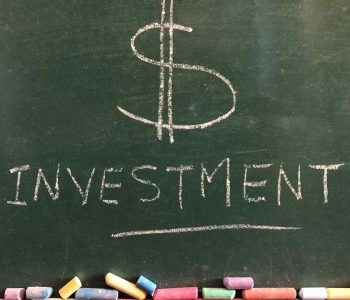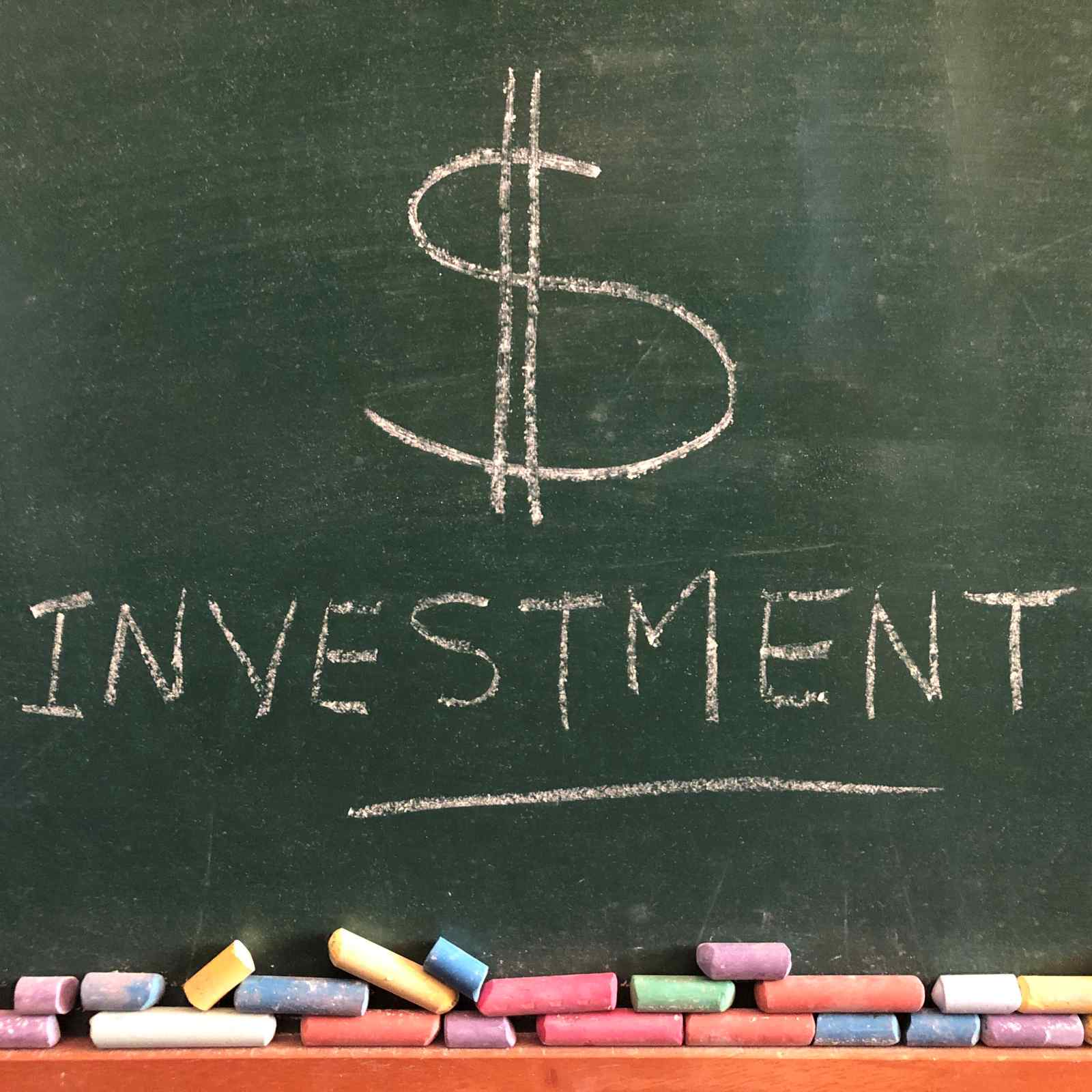Why You Probably Suck at Dividend Investing; How to Improve

These Dividend Investing Misconceptions Can Cost You Money
Dangerous admission: I’m a total aviation nerd.
I’m talking about spending hours on a flight simulator and geeking out over air force history.
One hazard you face as a pilot is something called a “stall.” If your airspeed drops below a certain rate, your wings will no longer generate enough lift to keep the aircraft suspended. And if you don’t fix the problem fast enough, your plane will soon faceplant right into the ground.
Stalls scare the bejesus out of beginner pilots. Every fiber in your body tells you to pull back on the stick and point the plane upward. You strain, heave, and pull your arm muscles to the point of exhaustion in a desperate attempt to gain altitude.
Follow that strategy and you’ll end up as a statistic.
Experienced pilots learn to ignore their instincts in a stall situation. Instead, they actually point the nose of their aircraft straight toward the Earth! If you pick up airspeed and force more air over your wings, your aircraft begins to generate lift. You pull safely out of the stall and can continue your flight.
So why bring this up? Well, dividend investing works in much the same way.
The three-pound piece of gray matter in our skull evolved to survive on the African savanna. Evolution created a finely tuned machine to negotiate with our fellow tribe members, hunt down delicious buffalo, and evade hungry lions. Our intelligence has, in effect, allowed us to stick up a big middle finger to Mother Nature. We’ve escaped the daily life-or-death struggle that plagues the rest of the animal kingdom.
Our brains did not, however, evolve to navigate modern-day financial markets. Cavemen never thought about asset allocations, compound interest, or credit default swaps. And the instincts that served our ancestors and allow us to navigate our daily lives backfire spectacularly when applied to dividend investing.
Therefore, becoming a good investor is as much about understanding yourself as it is about income statements, balance sheets, and interest rates.
Pilots understand that their instincts will fail them in critical moments. So they have to learn when to ignore their gut feelings. It’s the only world where higher and faster equals safer.
As investors, we need to do the same thing. Like in aviation, base instincts can lead us toward bad decisions. And more often than not, this explains why so many people get bad results.
Let me give you some examples.
Beginner investors instinctively believe fast-growing companies outperform mature businesses. That’s why they always want to get in on the ground floor. You can make a lot of money by spotting “the next big thing!”
In reality, stodgy, dull businesses actually outperform their more exciting peers. That’s because investors often overestimate the growth potential of emerging companies. As a result, they tend to overpay for future earnings that never materialize.
That explains why the best-performing names of the past century aren’t usually the ones you’d first expect:
- Altria Group Inc (NYSE:MO): cigarettes
- Berkshire Hathaway Inc. (NYSE:BRK.B): insurance
- Kansas City Southern (NYSE:KSU): railways
- Dollar General Corp. (NYSE:DG): discount retail
- Hormel Foods Corp (NYSE:HRL): food processing
(Source: “The 25 Best S&P 500 Stocks of the Past 50 Years,” Kiplinger, February 12, 2019.)
Beginner investors instinctively believe a strong economy means better investment returns. After all, low unemployment results in more consumer spending. That means higher corporate profits. And that means businesses can lavish their shareholders with dividends and buybacks.
In reality, a bad economy means better investment returns going forward.
For proof, I recently trawled through stock market returns between 1927 and 2020. If you had bought U.S. stocks when the unemployment rate hovered above seven percent (generally a sign of a weak economy), you would have made an average of 11.2% over the next 12 months. By comparison, if you only bought equities when the unemployment rate dipped below 4.5% (an obvious sign of a strong economy), your average investment return over the next 12 months would have dropped to only 1.3%!
Beginner investors instinctively believe high-yield stocks beat low-yield stocks. Why bother with a business paying an upfront payout of two or three percent? You can find dozens of names with double-digit yields. Why haven’t other investors caught on to these stocks?
In reality, savvy investors ignore high-yield names for good reason.
High-yield stocks often represent businesses with declining sales, tight profit margins, and debt-heavy balance sheets. In other words, the type of companies that definitely are not attractive long-term investment opportunities. And in most cases, financial reality will eventually force these companies to slash their distributions. In fact, a recent study by Ned Davis Research found that lower-yielding dividend-growth stocks actually far outperformed the highest-yielding equities. (Source: “The Power of Dividends: Past, Present, and Future,” Hartford Funds, last accessed December 17, 2020.)
Beginner investors instinctively believe you get what you pay for. You pay more for better cars, clothes, and coffee. So why shouldn’t that logic apply to investment products? The investment products with high fees, such as mutual funds and hedge funds, must deliver better results.
In reality, there’s very little correlation between how much you pay for an investment product and the returns it delivers. A 2019 study by S&P Dow Jones Indices found that almost nine out of 10 actively managed mutual funds failed to beat the S&P 500 index over the past decade after fees and taxes. More surprisingly, the most expensive funds performed the worst! Most investors would be far better off owning a plain-Jane Vanguard index fund. (Source: “Active Fund Managers Trail the S&P 500 for the Ninth Year in a Row in Triumph for Indexing,” CNBC, March 15, 2019.)
Beginner investors instinctively believe low-priced stocks make better investments. Retail investors hate buying a stock that trades for $100.00, $500.00, or $1,000 per share. Instead, they naturally gravitate to lower-priced names, where they can afford to buy more shares. This applies especially so for penny stocks (equities that trade for less than $5.00 per share), which are popular with the general public.
In reality, low-priced stocks can be financial booby traps. A recent white paper by the U.S. Securities and Exchange Commission (SEC) found that penny stocks delivered an average annual return (and this is not a typo) of -27%. Among more blue-chip names, the price you pay for an individual share has no impact on your investment returns. Or to put it another way, there’s no difference between buying 10 shares of a company for $10.00 apiece versus buying one share of a company for $100.00.
Beginner investors instinctively believe more effort will result in more success. They feel the need to read every news article, chew through every financial report, and actively manage their portfolios. You’re not going to win a marathon by sitting on the couch wolfing down bags of potato chips, right? If you want to achieve success in life, you need to do something.
In reality, there’s something to be said for the couch-potato investment philosophy. A famous 2000 study in The Journal of Finance found that the most active investors, as measured by portfolio turnover, underperformed the broader stock market (probably because they paid so much in commissions and taxes). The best investors, by comparison, turned out to be the ones who traded the least! (Source: “Trading Is Hazardous to Your Wealth: The Common Stock Investment Performance of Individual Investors,” The Journal of Finance, last accessed December 17, 2000.)
Academics have found the same results over and over again in later studies. Sometimes it pays to just sit on your butt and let compound returns work their magic.
So, why do you suck at dividend investing? Why do your results keep falling short year after year?
Probably because your instincts have led you astray. Success in the stock market, just like flying an aircraft, is counterintuitive. You have to learn to ignore your gut feelings and follow the numbers. And you have to do that even when the gray matter between your ears screams “You’re wrong.”











